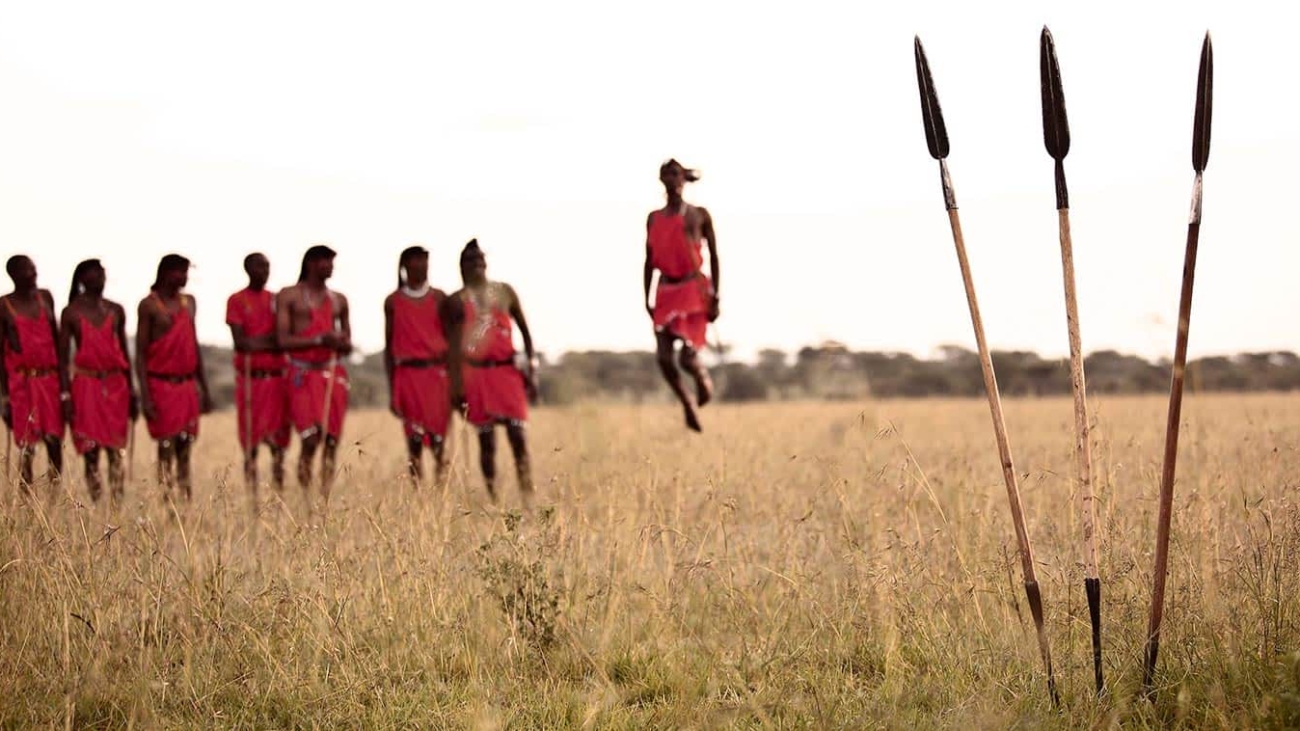Embarking on a safari is a dream for many adventure seekers, and while the traditional game drive is a popular choice, there’s a unique and immersive experience waiting for those willing to take a step further – quite literally. Maasai Walking Safaris offer a distinctive way to explore the untamed landscapes of East Africa, providing a closer connection with nature and the rich culture of the Maasai people.
The Maasai Walking Safari Experience:
Immersive Wilderness Encounter:
Unlike the conventional safari experience from the comfort of a vehicle, walking safaris bring you up close and personal with the breathtaking landscapes, allowing you to feel the earth beneath your feet and witness the smaller, often overlooked, wonders of the wild.
Expert Maasai Guides:
The Maasai people, known for their deep connection to the land, serve as expert guides. Their intimate knowledge of the terrain, wildlife behavior, and ancient tracking skills ensure a safe yet exhilarating journey through the heart of the wilderness.
Wildlife Encounters:
On foot, you become a part of the environment, making wildlife encounters even more thrilling. The absence of the hum of an engine allows for a more intimate experience, whether it’s observing elephants at a watering hole or tracking the footprints of a stealthy leopard.
Cultural Immersion:
Walking safaris with the Maasai offer a unique cultural exchange. As you traverse the land, you’ll have the opportunity to interact with local Maasai communities, gaining insights into their traditions, daily life, and the delicate balance they maintain with the surrounding nature.
FAQs – Maasai Walking Safaris:
1. Is it safe to walk among wild animals?
Yes, Maasai Walking Safaris are led by experienced guides who are well-trained in ensuring the safety of participants. They are skilled trackers and understand the behavior of wildlife, minimizing any potential risks.
2. How physically demanding are the walks?
The level of physical activity varies, but participants should be in good health and prepared for moderate walks. The terrain can be uneven, and walking durations may vary, so it’s advisable to check with the safari provider for specific details.
3. What should I pack for a Maasai Walking Safari?
Essential items include comfortable walking shoes, lightweight clothing, a hat, sunscreen, a reusable water bottle, and a small backpack. It’s recommended to pack light, considering the walking nature of the safari.
4. Can children participate in Maasai Walking Safaris?
Some safari providers may have age restrictions due to the physical demands and safety considerations. It’s best to check with the specific provider regarding their policies on children participating.
5. How long do the walking safaris typically last?
The duration of Maasai Walking Safaris can vary, ranging from a few hours to multiple days. Shorter walks may focus on specific wildlife sightings, while longer treks offer a more comprehensive wilderness experience.
6. What is the best time of year for a Maasai Walking Safari?
The dry season, typically from June to October, is considered ideal for walking safaris as wildlife tends to gather around water sources, making sightings more predictable. However, it’s recommended to check with your safari provider for the most suitable timing.
Conclusion:
Maasai Walking Safaris provide a distinctive lens through which to appreciate the beauty of East Africa’s wildlife and landscapes. With expert guides, cultural immersion, and a genuine connection to nature, this experience promises to be a transformative adventure for those seeking a deeper understanding of the wild.

